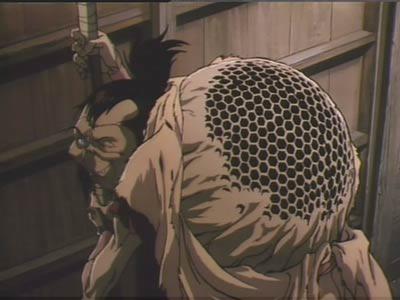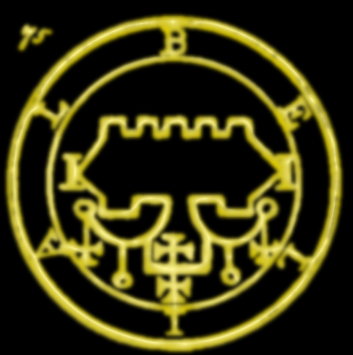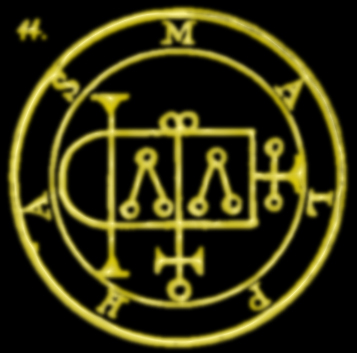 Interior to all of the little cells in our bodies—or at least the portions of our bodies we generally refer to as our own, as opposed to the microbial hangers-on that outnumber “native” cells by a factor of 20 to one—are little thingummies called mitochondria. Maybe you’ve heard of them, maybe you haven’t. Maybe you heard about them but you remembered them only long enough to pass the relevant cellular biology test.
Interior to all of the little cells in our bodies—or at least the portions of our bodies we generally refer to as our own, as opposed to the microbial hangers-on that outnumber “native” cells by a factor of 20 to one—are little thingummies called mitochondria. Maybe you’ve heard of them, maybe you haven’t. Maybe you heard about them but you remembered them only long enough to pass the relevant cellular biology test.
Regardless, you got ’em. Without ’em, you tend to limp along a bit. Without going into too much detail, they’re where we get our energy from. They hang out in our cells like little space-heaters, snarfing up oxygen and pumping out heat so that the chemistry of being alive (as we normally think of it) can happen at a rate that syncs up across all our vital functions. They also produce and store chemicals that cells use to put all the spare electrons and protons where they need to be in order to move all the little molecules around.
Seriously, though, they’re their own little life forms. They have their own nuclei and cell membranes. They reproduce when the cell they reside in duplicates. And at other times, when they feel like it. Also, unlike most other microbes, they fuse with one another.
Okay, so maybe mitochondria aren’t any kind of enemy. I mean, not really. Sure, they’re suspected of doing things like telling cells when it’s time to replicate or self-destruct, and perhaps handle other kinds of more complicated signaling duties, possibly involving telling stem cells how and when to differentiate…. But they’re our friends, right?
Sure. But the point I’m making is that they aren’t particularly us, if you’re the sort to draw with firm, dark lines. They’re something in and of themselves. We make them, and they, in turn, make us. In specific, they make us make them. And us. Um. At some point they invaded and we never managed to kick them out. They made themselves useful. From a strictly anthropomorphic perspective. Maybe we were better off as immortal amoeba. Hard to say.
There are other definitely more insidious invasive organisms. E.g., Cordyceps (many, many species – video!), Toxoplasma gondii, Dicrocoelium dendriticum, Euhaplorchis californiensis, Leucochloridium paradoxum (video!), Spinochordodes tellinii (video!), and a host (ahem) of others. These guys are a bit more macroscopic (if only a bit), but all of them offer some form of behavior control of modification. Frequently these behaviors endanger or kill the hosts, but it doesn’t matter to the parasite much as long as those behaviors help the parasite to spread or reproduce. Of the above short list, only Toxoplasma gondii affects humans, but boy, does it. Studies show that is makes women more attractive to non-infected men, as well as more generous and warm-hearted—and it makes men more neurotic and suspicious. There are hotly debated implications of links to schizophrenia and and other psychoses as well.
But these guys are completely external, at least in biological terms. You can get infected by ’em, and you can at least conceivably get cured.
And then there’s Wolbachia. Wolbachia, Wolbachia, Wolbachia. Wolbachia species are pretty much single-handedly responsible for queen-worker-drone hive/colony structures versus normal male-female reproductive strategies (“traditional family values”).
Since Wolbachia induces parthenogenesis (“virgin birth”), most males can just go ahead and die. Or become infertile “pseudo-females”. Or just become females. Wolbachia makes it happen. Wolbachia-infected males produce sperm incompatible with Wolbachia-infected females’ eggs, thus reducing the opportunites for uninfected females to reproduce.
It’s just a bacteria, right? Well, sure. Kinda. It’s in the order of Ricketsiales, from which, many suspect, mitochondria once sprang. And some organisms have Wolbachia pasted into their own DNA, meaning Wolbachia is no longer a separate organism. It’s just as much built-in as mitochondria. Or even more so.
We’re just starting to study some of these creatures. For instance, we haven’t mapped most of the critters we grow in our own guts. Do we actually collect all those guys from our environment, or is it possible that we spontaneously generate some of them from our own DNA? Or, rather, from DNA we thought was our own. Wouldn’t it be cool if we could excrete whole other organisms from special pores and orifices? Unless we already do, actually. Then it’s gross.
And isn’t it possible that some people act the way they do because of their infections? Maybe whole bunches of archetypical behaviors are based on infections like Toxoplasma gondii—stuff that causes weird cliqueish clumping of barely sexually mature teens, stuff that confuses gender identity or attraction, stuff that changes us morphologically even. Maybe there’s a parasite (or endosymbiont, if you prefer the politically correct term) that makes you gay. Not that there’s anything wrong with that.
See, I’m not inclined to draw the lines that separate people from their internal microbial factors with fat-point Magic Marker. People are who they are because of a million factors. It might be weird that some of those factors might be “curable” with tetracycline (or, in the case of toxoplasmosis, either the antipsychotic haloperidol or the antimicrobial pyrimethamine) but to me that’s no more weird to me than the idea that sobriety can be “curable” with a shot of bourbon and a beer chaser.
Such is life, even if it’s effectively run by a committee of you and the microbes that inhabit you that outnumber your own cells twenty to one.
[*]

 Interior to all of the little cells in our bodies—or at least the portions of our bodies we generally refer to as our own, as opposed to the microbial hangers-on that outnumber “native” cells by a factor of 20 to one—are little thingummies called mitochondria. Maybe you’ve heard of them, maybe you haven’t. Maybe you heard about them but you remembered them only long enough to pass the relevant cellular biology test.
Interior to all of the little cells in our bodies—or at least the portions of our bodies we generally refer to as our own, as opposed to the microbial hangers-on that outnumber “native” cells by a factor of 20 to one—are little thingummies called mitochondria. Maybe you’ve heard of them, maybe you haven’t. Maybe you heard about them but you remembered them only long enough to pass the relevant cellular biology test.




